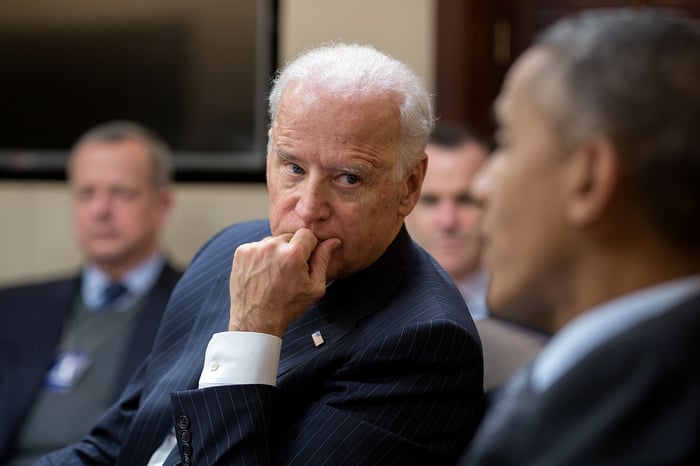Tim McDonnell
Fri, December 16, 2022

London-based bank HSBC will immediately stop lending and underwriting for new oil and gas drilling projects, the bank announced Dec. 14, making it the first large multinational bank—and top-tier funder of fossil fuels—to adopt such a policy.
The policy change follows a year of pressure from activist shareholders, and raises the bar for other major banks that have set long-term goals to decarbonize their lending but have so far been reluctant to close the purse strings for oil and gas producers.
“HSBC’s announcement is groundbreaking and will send shockwaves to governments and fossil fuel giants,” said Jeanne Martin, head of the banking program at ShareAction, an advocacy group that spearheaded climate-related shareholder resolutions at HSBC and worked with the bank on its new oil and gas policy.
HSBC will continue lending to fossil fuel companies
To be clear, the policy only affects project-specific finance, where an oil and gas company seeks a loan for a particular new drilling project or infrastructure to support it. HSBC will continue to lend and provide financial services to oil and gas companies, including those with plans to expand drilling, at the general corporate level, i.e., finance not designated for one particular project. On average across European banks, 92% of finance for oil and gas companies came at the corporate level, with only 8% for specific projects, according to ShareAction. HSBC is the top European financier of oil and gas companies, providing $59 billion in lending, underwriting, and other financing from 2016 to 2021.
Still, cutting off project finance “sends a clear signal to its clients that the bank is losing its appetite for this kind of activity,” Martin said. And it could be a stepping stone to more wide-reaching restrictions; all major European banks now have some restrictions on corporate-level financing for coal companies, a broad shift that also started with project-level finance.
HSBC can still clean up its advertising
There’s still plenty HSBC can do to improve on its climate policies, Martin said. In October, UK officials banned some of the bank’s ads for making claims that were misleading or greenwashing. And although HSBC has said it will require its corporate clients to deliver net-zero transition plans, it hasn’t said how it will assess those plans or whether it would sever ties with clients whose plans are inadequate.
Still, if HSBC can at least target project finance, there’s no reason why JP Morgan Chase, Bank of America, Citi, and other major fossil fuel financiers can’t follow suit. And the more expensive and elusive finance for drilling becomes, the more pressure oil and gas companies will feel to speed up their shift to lower-carbon business models.
“The fact that HSBC could make this commitment makes it very hard for other banks to not make similar commitments,” Martin said.




























